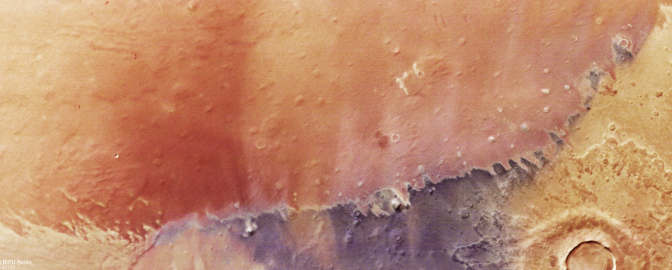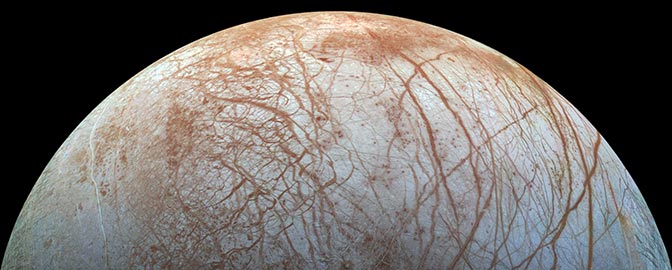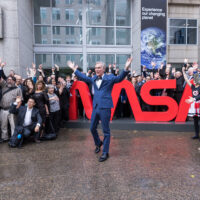Tiangong, China’s space station
Highlights
Tiangong is China’s three-module space station in low-Earth orbit.
The core module Tianhe launched in April 2021, followed by the Wentian and Mengtian experiment modules in 2022.
The station typically hosts three astronauts at a time for six-month stays. It can support six astronauts at a time during crew handovers.
The history of Tiangong
China has long had its sights set on establishing its own space station in low-Earth orbit. The country, which is not an International Space Station partner, has spent the last few decades making preparations, even launching two precursor space labs: Tiangong-1 in 2011 and Tiangong-2 in 2016. Both stations provided critical information for the future Tiangong station before reentering Earth’s atmosphere.
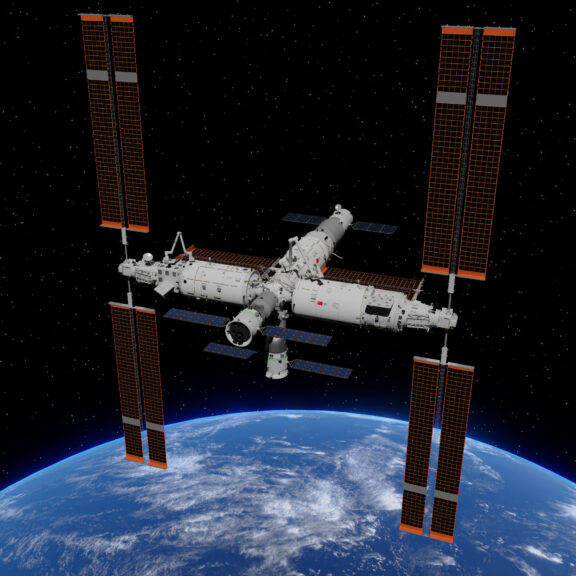
China launched Tianhe — which means “harmony of the heavens" — on April 29, 2021. As the foundational module, it provides life support and living quarters for three crewmembers.
The station's first cargo mission was Tianzhou-2, which launched on May 29, 2021. The first crewed mission to Tiangong was Shenzhou-12, which launched on June 17, 2021 carrying three astronauts. The crew spent three months testing equipment on Tianhe and preparing it for future astronauts, before successfully returning to Earth on September 17.
China launched the Wentian laboratory module on July 24, 2022. Wentian provides additional living quarters, supplemental life support, and an external science platform that includes a robotic arm.
The Mengtian lab module launched on Oct. 31, 2022, completing the core of the station. Mengtian is equipped with a small airlock for transferring experiments in and out of the station, where they can be moved using Wentian's robotic arm.
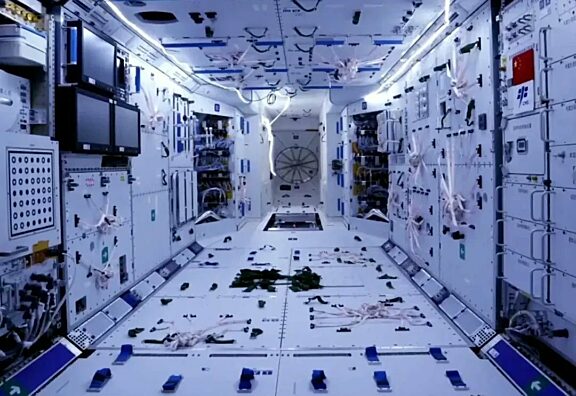
The future of Tiangong
Tiangong is now in an operational mode, hosting three astronauts at a time for six-month stays. It can also support six astronauts at a time during crew handovers.
China plans to expand Tiangong with additional modules in the coming years. The country also plans to launch a Hubble-class space telescope that will orbit near the station and dock with it for repairs.
Support missions like Tianhe
Whether it's advocating, teaching, inspiring, or learning, you can do something for space, right now. Let's get to work.


 Explore Worlds
Explore Worlds Find Life
Find Life Defend Earth
Defend Earth